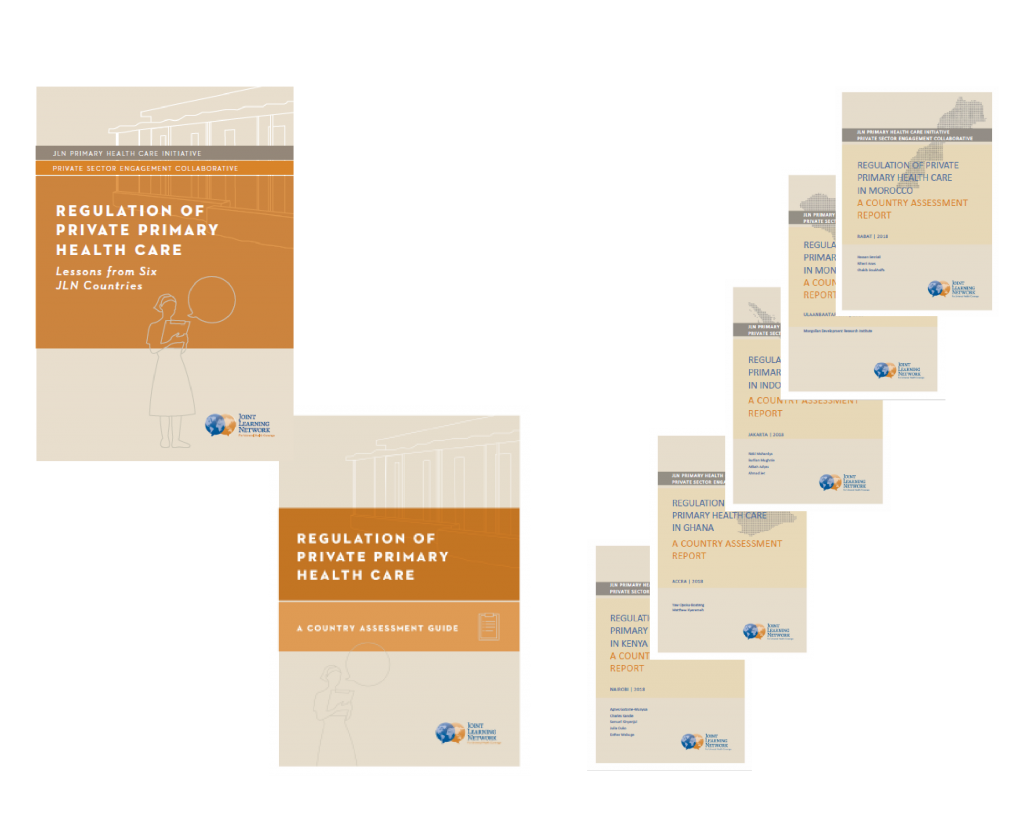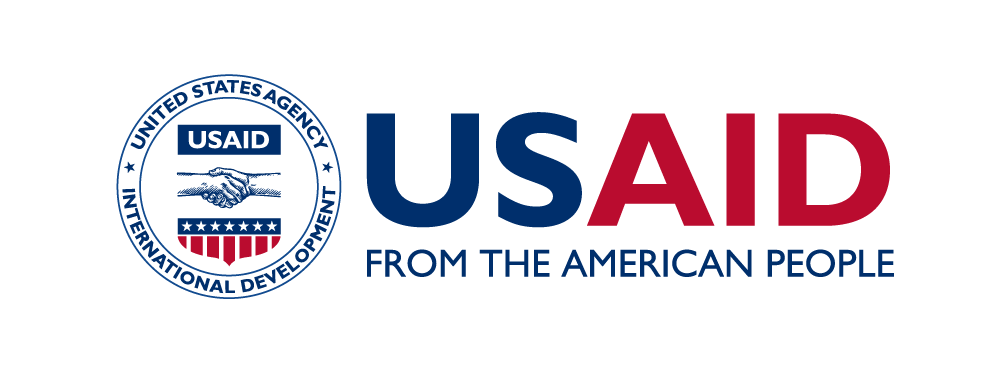What Works in Regulating Private Primary Health Care? New Practical Guidance from Countries
Categories: Announcements
 Strong primary health care (PHC) is vital to equitably improve health outcomes and achieve universal health coverage (UHC). However, to make progress toward UHC, countries recognize that the public sector alone cannot provide all necessary services, including essential primary healthcare services, to everyone – and that the private sector is an important source of care. As such, countries realize they need to effectively engage with and steward the public and private components of their health systems. This requires balancing government and market forces. To achieve this balance, countries need strong public capacity to enable and oversee their entire health system. Their private health sector must be organized and prepared to engage with them to provide quality, fairly priced health services. Ultimately, greater public-private engagement will support UHC – reducing out-of-pocket costs, increasing access to services, and improving the equity and quality of the services.
Strong primary health care (PHC) is vital to equitably improve health outcomes and achieve universal health coverage (UHC). However, to make progress toward UHC, countries recognize that the public sector alone cannot provide all necessary services, including essential primary healthcare services, to everyone – and that the private sector is an important source of care. As such, countries realize they need to effectively engage with and steward the public and private components of their health systems. This requires balancing government and market forces. To achieve this balance, countries need strong public capacity to enable and oversee their entire health system. Their private health sector must be organized and prepared to engage with them to provide quality, fairly priced health services. Ultimately, greater public-private engagement will support UHC – reducing out-of-pocket costs, increasing access to services, and improving the equity and quality of the services.
A critical element of health system stewardship is an effective regulatory system, which includes protections and incentives to promote access to quality care (WHO Bulletin). However, there exists little practical guidance on the successful regulation of private PHC, today.
A new set of resources, released last week by the Joint Learning Network in partnership with the HFG project, is helping fill the gap. Six JLN countries convened under the JLN’s Private Sector Engagement (PSE) Collaborative to tackle the challenges of implementing effective regulation. These countries – Ghana, Indonesia, Kenya, Malaysia, Mongolia and Morocco – conducted country assessments on regulation of private PHC using a jointly developed assessment guide. Working closely with technical facilitators from Results for Development (R4D) and Abt Associates, participants synthesized country research and shared experiences from their assessments during joint learning sessions. They identified common lessons and promising innovations that they or other JLN countries are using to help mitigate the challenges of regulating private PHC – findings that are synthesized in Regulation of Private Primary Health Care: Lessons from Six JLN Countries. The resources were introduced at a webinar, held September 6, 2018, where over 100 health system stakeholders from around the globe participated to learn from the JLN countries’ experiences.
Health care policies in most lower- and middle-income countries (LMICs) focus largely on developing government-owned and -operated health facilities and a salaried government-funded health workforce, whereas fewer policies have been implemented to enable and oversee provision of health services from private health providers. Governments often lack basic information about private providers, such as their numbers, location, and the range and quality of services they deliver. For their part, private providers often focus on providing curative services and offer limited preventive or promotive services. The quality of services provided by private providers may vary, especially when the sector is largely unregulated (The Lancet). Finally, existing approaches to regulation, such as accreditation processes for government-sponsored health financing programs, can be challenging for private providers to comply with, especially smaller practices with fewer resources and know-how (SHOPS Plus)
Lessons and Innovations on Regulating Private PHC: Some Highlights
Lessons and innovations from the new JLN resources highlight some of these persistent challenges and offer innovative country solutions for overcoming these barriers. These include:
Lessons: Some Examples
- Regulations often overlap. Regulatory mechanisms are often duplicative, resulting in inefficiencies, many of which are more restrictive for the private sector. For example, a single health facility can be required to be registered or licensed by multiple boards or agencies, which can result in multiple licensing fees and added administrative effort.
- Regulatory actors have overlapping roles and responsibilities, leading to increased fragmentation and inefficiencies in the system. For example, a health regulatory agency and a national health insurance agency may require a very similar credentialing or accrediting process for the same facility.
- In some countries, the private sector perceives that it is regulated more extensively than the public sector, and as a result can incur increased operating costs.
- Emerging innovations, such as use of incentives for private providers to participate more fully in regulatory initiatives, show promise. Despite these promising results, most regulatory instruments are still command and control mechanisms that rely on enforcing sanctions to increase compliance.
- Strong, integrated data management systems are important to ensure efficient data collection and data use. But countries noted challenges with data management for performance monitoring. For example, private providers may not report data through government systems and databases.
- Countries need additional human and financial resources for adequate regulatory enforcement, and to ensure resources are equitably allocated among agencies.
- Regulatory officials require better knowledge through training and other approaches. This can lead to more consistent interpretation of regulations across and throughout regulatory agencies and reduce delays to license providers.
- Citizens lack knowledge about patient rights and health care standards and prices they are entitled to receive.
Promising Practices and Innovations: Some Examples
- Form a national regulatory technical committee to streamline regulatory oversight (e.g., Kenya)
- Use purchasing as a regulatory mechanism (e.g., Indonesia and Mongolia)
- Strengthen data management and data sharing across the public and private sectors, using technology to increase transparency (e.g., Indonesia)
- Prioritize government funding of regulation by including it as line item in the budget (e.g., Malaysia and Mongolia)
- Translate regulations to operating procedures or implementation guidelines at subnational levels to promote practical application of the laws and regulations (e.g., Indonesia)
- Strengthen strategic communications about regulation to increase awareness among the public, as well as health care providers, of their rights and obligations for health care (e.g., Kenya)
The new JLN resources will inform Module 3 on provider regulation of the PSE Collaborative’s previously released practical guide, Engaging the Private Sector in Primary Health Care to Achieve Universal Health Coverage: Advice from Implementers to Implementers, which provides simple, pragmatic steps that public stewards can take to navigate the complex factors surrounding public-private engagement. Module 1 is about initial communication with the private sector and Module 2 is about provider mapping.
The resources, released by the JLN and HFG project, enable stakeholders to learn from country experiences and adapt innovations on regulating private PHC to their own contexts. Given that each country’s health system is unique, innovations in regulation must be tailored and consider the country’s context. Health system stewardship – and greater public-private engagement – remain essential to support countries’ efforts to advance toward UHC.
Access the webinar recording here.
Access the new resources on Regulating the Private Primary Health Care here.
This work was made possible with funding from USAID, through the Health Finance and Governance project, and the Bill and Melinda Gates Foundation.



